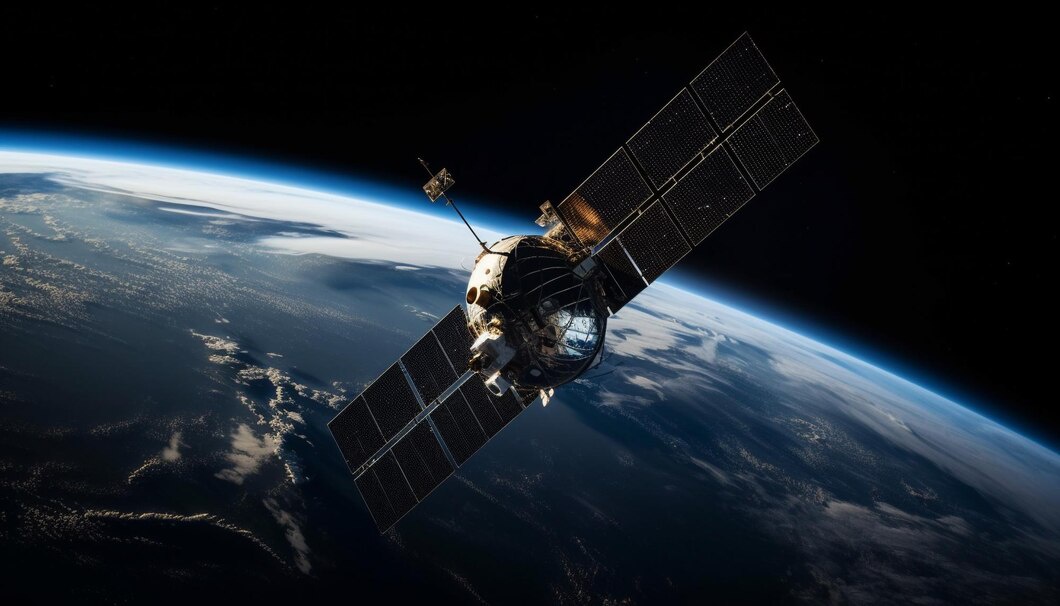A VSAT (Very Small Aperture Terminal) or micro-terminal implies to a wide range of remote terminals that are small in size but would allow you to access a larger data network. Top VSAT installer in Africa usually uses three types of frequency bands when it comes to offering VSAT services. They are:
- C-band: The C band is used for voice and data communications, as well as backhauling. It tends to require a relatively larger antenna that exceeds 1.8m (6ft) in size. The lower frequency range of VSAT C band makes it less susceptible to ground-level weather-related disruptions, and therefore it is quite resilient under adverse conditions.
- Ku-band: This frequency band is most commonly used for distance learning applications, direct-to-home access, and enterprise connectivity. It has a high frequency range and its antenna size may range from 0.9m to 1.8m (~6ft). Ku band is able to achieve higher gain with smaller antennas than C-band networks. You must however also know that the networks operating in such band might be more vulnerable to rain fade, especially in the tropical areas.
- Ka-band: Ka-Band in Africa is majorly used for two-way consumer broadband and military networks. Such networks have smaller dishes with diameters ranging from 60cm to 1.2m, and provide better transmission in comparison to C and Ku-band beams. But it is also be more susceptible to signal quality issues resulting from rain fade.
A good VSAT Engineer in Africa can help you pick the appropriate frequency band for your specific application.


No comments yet